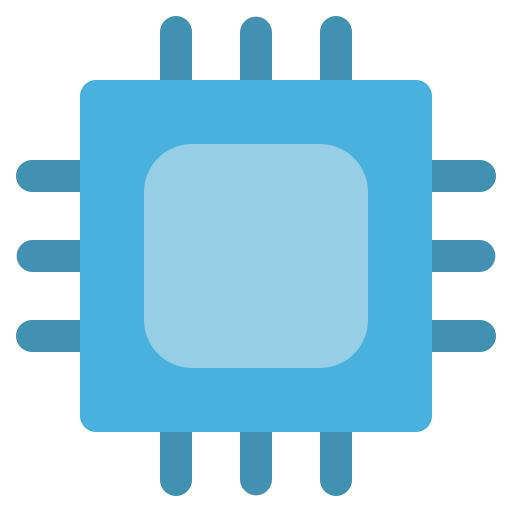

Mac at work. Yabai+sketchybar is no i3wm replacement, but it works ok.
My .zshrc is basically the same as I use on my personal computers, and aside from a few coreutils differences it…kinda just works. I have apt aliased to brew so I can feel more at home.
Stock terminal works fine—I use xterm on Linux, so I’m used to relying on tmux for nice features anyway.
Basically, I miss the window manager, but practically speaking that’s a about it. (I obviously have xscreensaver installed!)





But once you got that XFree86 config dialed in, life was awesome.
(Ok looks like Xorg has been around for 21 years, so maybe you were running it instead.)